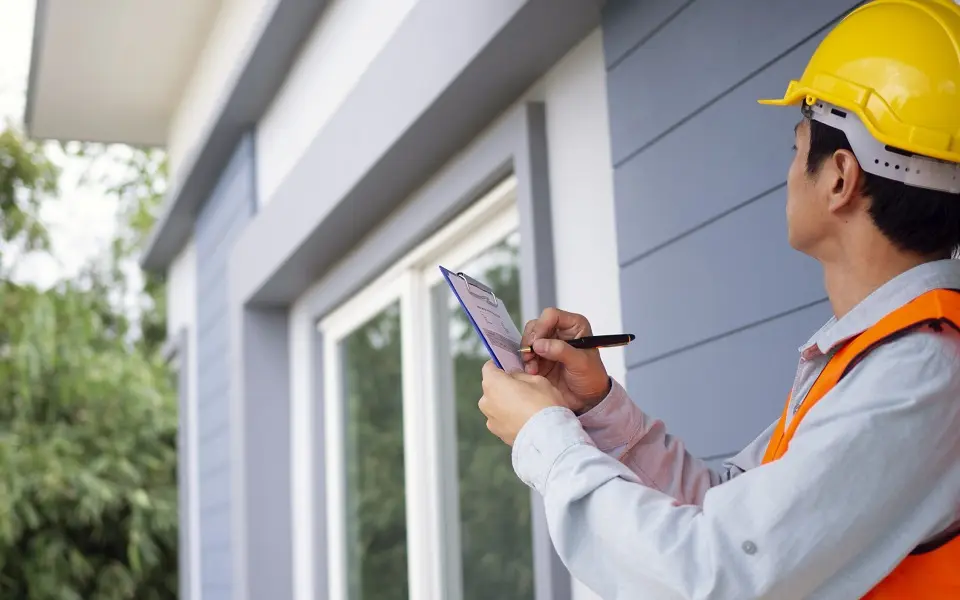Welcome to our investigation of the critical 4-point inspection process.
In this tutorial, we will look at the significance of this inspection approach and how it may be used to provide an accurate assessment of various features of a property.
We will unearth the important aspects that contribute to an improved and more comprehensive system, from its inception to present improvements.
What is a 4-Point Inspection?
A four-point inspection is a specific assessment of four critical components of a property. This inspection is typically performed during real estate purchases or insurance applications.
This inspection evaluates the condition, safety, and functionality of these important elements. The roof inspection evaluates the age, material, and overall condition of the roof.
The wiring, panels, and potential safety risks are the subject of the electrical inspection. The plumbing inspection looks at pipes, fixtures, and any leaks. Finally, the HVAC inspection evaluates system efficiency and operability.
People usually make a 4-point home inspection checklist. It allows insurers and buyers to determine the property’s risk factors.
The results of the inspection influence the decision on insurance coverage. They help identify necessary repairs or upgrades. It ensures a safe and habitable environment.
Why Do You Need a 4-Point Inspection?

Once homeowners know what a 4-point inspection is, you may wonder why you should perform it. First, it provides a comprehensive assessment of a property’s critical systems. It allows you to get an idea of their:
- Condition
- Safety
- Potential risks
This information is very important to insurers. It is how they can determine eligibility for insurance coverage and premiums.
Secondly, the inspection helps potential buyers. They will be able to make an informed decision to purchase the property.
The prospective buyer will be able to identify potential problems. They may require immediate resolution or negotiation. In addition, this inspection helps homeowners identify needed repairs or upgrades.
It helps to ensure that the home meets safety standards. You will be able to maintain a comfortable living environment. Ultimately, the inspection serves as a risk assessment tool.
It allows insurance companies, buyers, and homeowners to reduce potential liabilities. You can prioritize maintenance and the well-being of the property and its occupants.
Benefits of a 4-Point Inspection

These inspections offer several benefits. These extend to homeowners, insurance companies, and potential buyers.
It makes it an essential method of property valuation. We have prepared the benefits of passing a 4-point home inspection and how it affects various factors:
- Accurate Insurance Assessment: For insurance companies, This assessment provides accurate information about the system’s security state. It allows dormitories to assess risk more accurately. It can lead to more accurate insurance premiums.
- Informed home-buying decisions: A prospective buyer receives invaluable information about the condition of the property. It helps them make an informed decision. A 4-point inspection report identifies potential problems. It allows buyers to negotiate repairs or adjust their offer.
- Preventative Maintenance: Homeowners benefit by identifying issues before they worsen. Early detection of problems allows for timely repairs and preventative maintenance. It reduces the risk of unexpected breakdowns and costly emergency repairs.
- Safety Assurance: How long do you think a 4-point inspection takes? The answer is short. However, that short time creates a safe environment for the occupants. It prevents potential hazards.
- Efficient Upgrades: The inspection report helps prioritize needed upgrades. It ensures a rational allocation of resources. So you can improve the longevity and efficiency of critical systems.
- Compliance with regulations: Insurers often require updated information about a property’s systems for insurance purposes. A 4-point inspection helps homeowners comply with these requirements while maintaining continuous coverage.
- Enhanced Property Value: A recent inspection report can increase market and resale value. Buyers feel more confident. Because they will invest in properties with documented appraisals.
- Risk Mitigation: Insurance companies and homeowners both benefit from reduced risk exposure. Insurers can better manage potential claims. It will ensure that the property meets safety standards. Homeowners will be able to reduce the liability associated with system failures.
In summary, there are benefits to this inspection. From financial gain to safety assurance. It makes it an indispensable tool for homeowners, buyers, and insurers.
This assessment provides accurate data. It enables you to make informed decisions and perform proactive maintenance. You will be able to create a safe and valuable property.
What Does a 4-Point Inspection Cover?
Many people who decide to pass a 4-point home inspection think about how to do it effectively. Essentially, it’s a comprehensive assessment.
During this process, you will examine four important aspects of residential real estate. This inspection plays a key role in assessing the insurance value. It will help to ensure that the home is safe and habitable.
We should note that such an inspection covers the essential components. These components contribute to a safe, comfortable, and risk-free living environment.
The four components are subjected to a thorough inspection. The inspection can determine their condition, functionality, and safety. Such an inspection is a valuable tool.
It will allow everyone to make informed decisions. You will be able to reduce risks and ensure the longevity and well-being of the property. Let’s break down each component to understand the intricacies of a 4-point inspection.
HVAC (Heating, Ventilation, and Air Conditioning) System
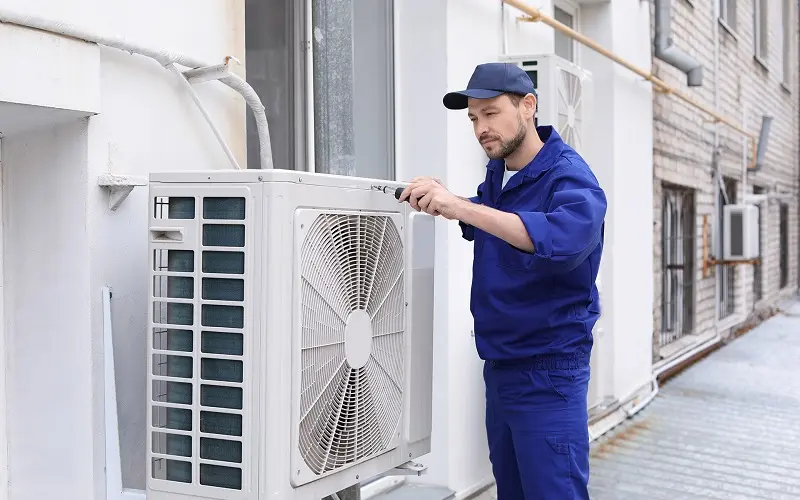
The HVAC system is the lifeline of indoor comfort, regulating temperature and air. During a 4-point inspection, the HVAC system’s functionality, efficiency, and safety are evaluated.
Inspectors evaluate heating and cooling units, including:
- Age
- Condition
- Performance
Inspectors want to ensure a healthy living environment. They check for proper ventilation, circulation, and filtration to do this.
Various problems can affect the efficiency and safety of the system. It is important to identify these problems early. It will prevent potential breakdowns and improve energy efficiency.
You will be able to improve the air quality in the room. It lets you understand if the HVAC system needs maintenance, repair, or replacement.
Electrical System
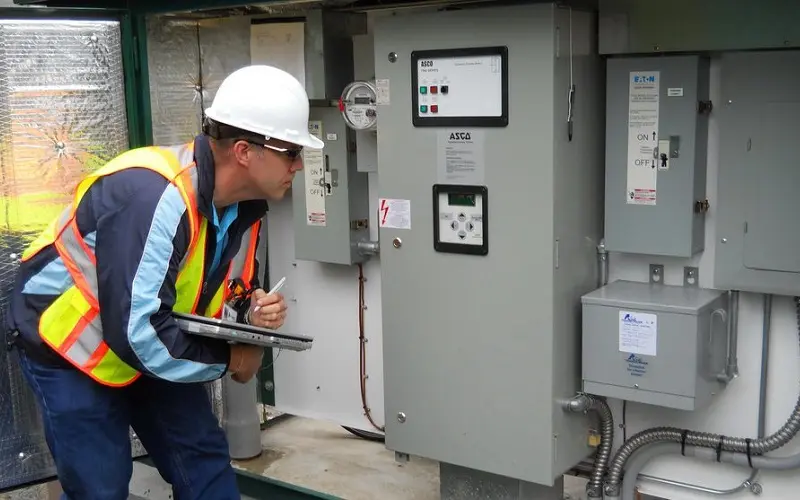
An evaluation of the electrical system is imperative due to its potential hazards. The inspection focuses on the wiring, panels, and overall electrical infrastructure.
Inspectors identify outdated or unsafe wiring practices, improper installations, and overloaded circuits. They also check for damaged outlets, switches, and potential fire risks.
It does not matter how long a 4-point inspection takes. The goal is to ensure that the electrical system meets standard safety standards.
You will be able to identify hidden hazards. It helps prevent fires and other hazards. The results help you solve load-bearing problems.
Plumbing System
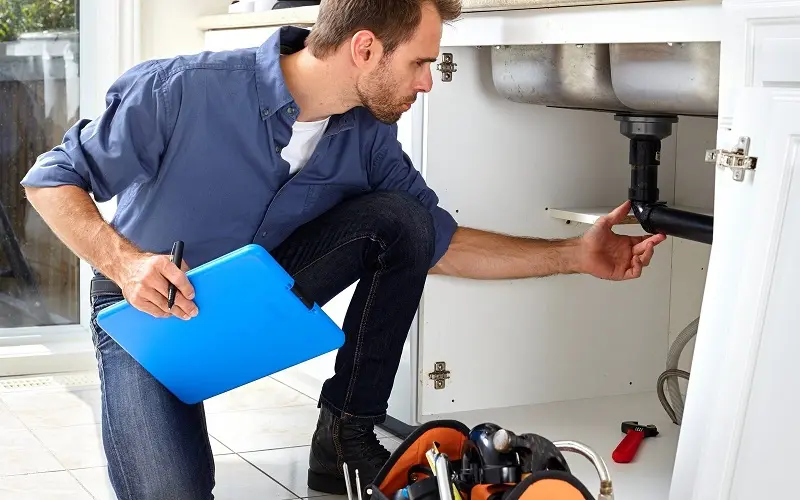
The plumbing system’s health is paramount for a functioning and comfortable home. The inspection examines pipes, fixtures, drainage, and the water supply.
Inspectors look for leaks, corrosion, and any other potential problems. These can disrupt water flow, damage structures, or cause water misuse.
By detecting leaks early, you can prevent water damage. You will be able to maintain the structural integrity of the facility. You will also be able to identify outdated plumbing materials during the inspection.
These can affect water quality. The inspector will make recommendations for you to repair or replace them. By proactively addressing plumbing problems, homeowners can improve water efficiency and reduce repair costs in the long run.
Roofing
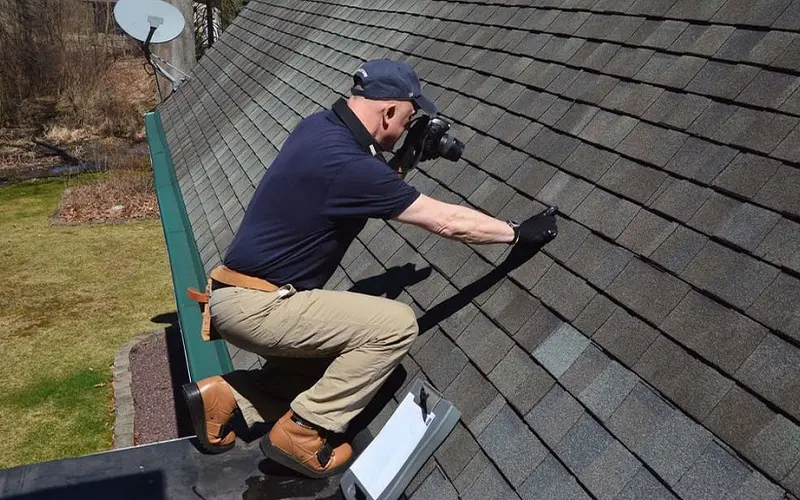
The roof is a property’s first line of defense against the elements. The roof inspection within the 4-point inspection scrutinizes its age, material, and condition.
Inspectors look for signs of wear and tear, damage, or missing shingles. A compromised roof can lead to water intrusion.
This will cause significant damage to the interior and foundation. Identifying roofing problems early allows for timely roof repair or replacement.
This will prevent further damage and preserve the value of the property.
4-Point Inspection vs. Full Inspection
Four-point inspection and full inspection are two different assessment processes. Each has its own objectives and level of detail.
A 4-point inspection focuses on four specific key components. This inspection is often required for insurance or real estate transactions.
This type of inspection provides insight into the most important aspects of a property. It helps insurers and buyers make informed decisions.
On the other hand, a full inspection covers a much wider range of components. It includes a thorough inspection of the heating systems and other elements such as the foundation, structural integrity, exterior elements, etc.
A full inspection aims to give a complete picture of the property’s condition in all areas. Essentially, a 4-point home inspection checklist focuses on specific critical systems.
A full inspection offers a more detailed and comprehensive assessment of the facility.
What Does a 4-Point Inspection Cost?
The cost of a 4-point inspection may vary depending on various factors.
On average, expect to pay between $100 and $300 for this assessment. Investing in this inspection can provide valuable insights.
Therefore, we recommend that you think about this inspection.
How Long Does a 4-Point Inspection Take?
The duration usually depends on the facility’s key systems’ size, complexity, and availability. On average, a four-point inspection can take 30 minutes to 2 hours.
The inspector must have enough time to conduct a thorough assessment and provide accurate conclusions for insurance, real estate transactions, or general property valuation purposes.

